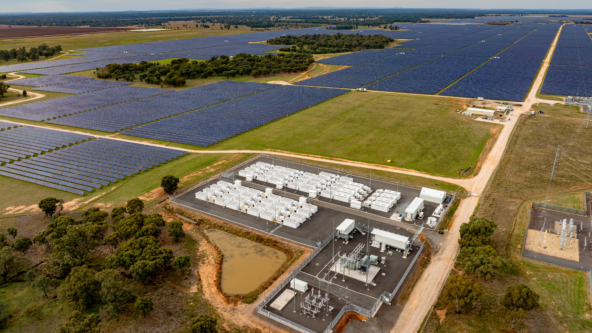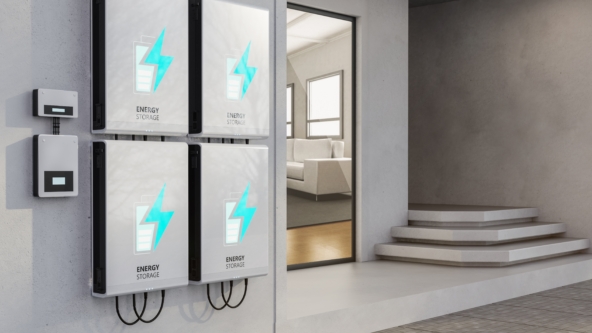The International Energy Agency’s World Energy Outlook 2025 (WEO 2025) demonstrates that the global transition to clean energy is speeding up, driven by rapid growth in renewables and rising electrification across every major economy. But while renewable generation is expanding at unprecedented rates, the supporting infrastructure that makes electricity reliable and affordable is not keeping pace.
The IEA describes this shift as the arrival of the “Age of Electricity”, with electricity demand projected to grow much faster than total energy demand in all scenarios. The drivers are familiar but increasingly urgent: electric vehicles, industrial electrification, heat pumps, cooling, mining and a steep rise in digital electricity demand, particularly from data centres and AI.
Renewables, led by solar PV, are now the fastest-growing source of new power globally, meeting most of the growth in electricity demand. The IEA’s scenarios show that countries moving faster on renewable deployment tend to face lower long-term household energy costs and reduced exposure to volatile fossil-fuel prices. A quicker transition towards clean energy has clear affordability benefits.
However, the challenge is no longer how quickly countries can build renewable generation, it is how quickly they can build the flexibility, storage and grid capacity required to integrate it.
The IEA warns that while renewable investment has surged, investment in grids and flexibility has not kept up, rising at less than half the pace of new generation. This gap is already manifesting in grid congestion, connection delays and curtailment of renewable output, which in turn puts upward pressure on electricity prices. The IEA emphasises that strengthening system flexibility, through storage, demand response, upgraded networks and other dispatchable resources, is essential for both reliability and affordability.
The practical implication is clear: systems will only remain reliable if clean generation is accompanied by assets that can respond when needed and stabilise the grid. That connection between system needs and real-world investment is core to Octopus Australia’s strategy.
Octopus Australia is investing in the firmed renewable capacity that provides the reliability and resilience highlighted by the IEA: large-scale batteries, hybrid solar-storage systems, flexible capacity and community-integrated projects that support local grid stability. Octopus Australia is, in effect, creating a product that customers want to buy. These are long-term, operationally managed assets designed to address exactly the IEA identifies, the need to ensure renewable electricity is backed by the infrastructure that makes it dependable.
The world is electrifying rapidly, renewables are scaling fast, and systems that invest in flexibility earlier will enjoy better reliability and lower long-term costs. Firmed clean power sits squarely in that gap, and Octopus Australia is positioned directly in the space where global system value is shifting.
Key Takeaways from International Energy Agency’s World Energy Outlook 2025
- Electricity demand rises much faster than total energy demand.
- Renewables are the fastest-growing source of new generation globally.
- Faster renewable transitions support lower long-term household energy costs.
- Grid, storage and flexibility investment is lagging behind renewable growth.
- Congestion and curtailment are increasing where flexibility is insufficient.
- Strengthening flexibility and firming is essential for reliability and affordability.


